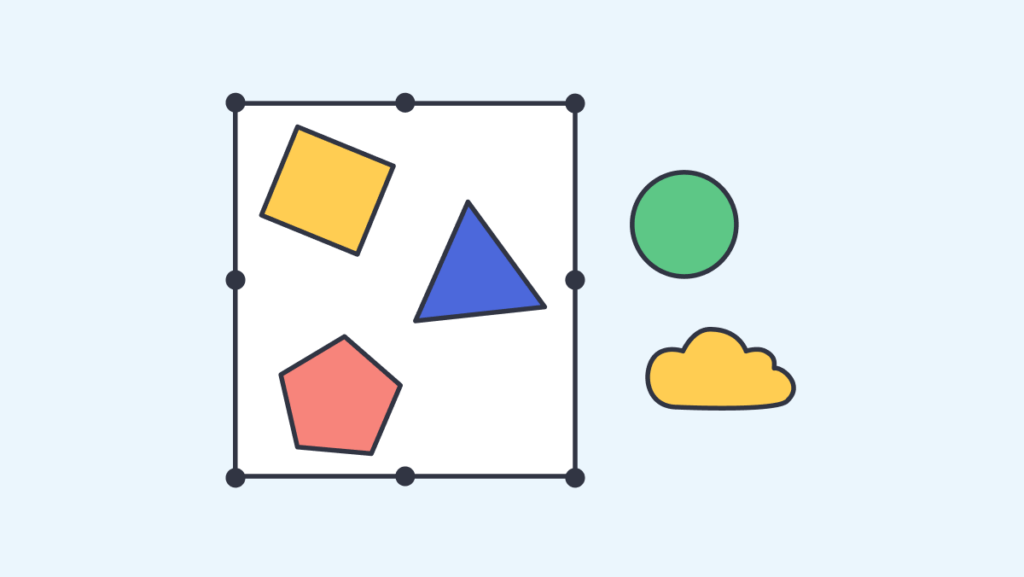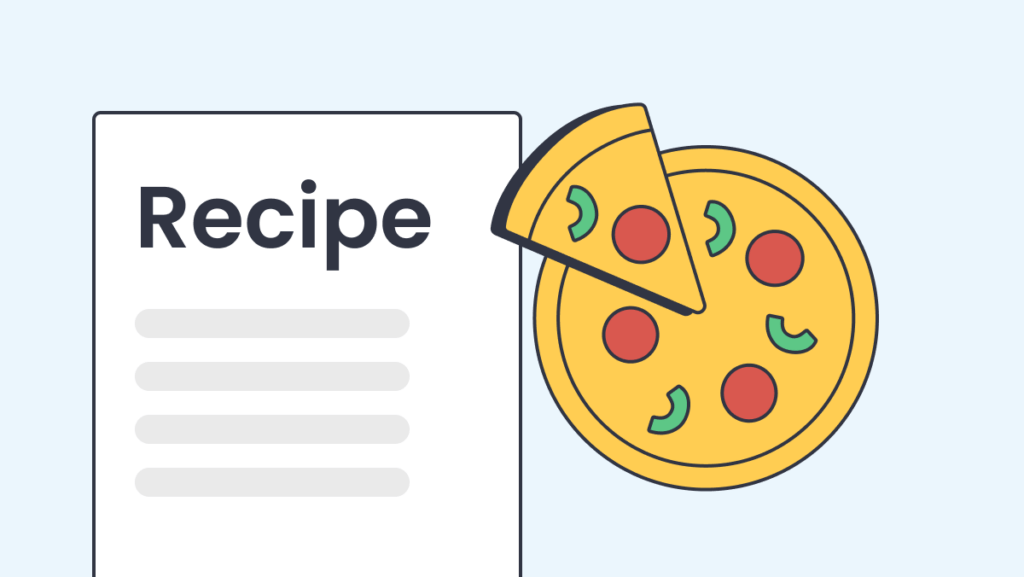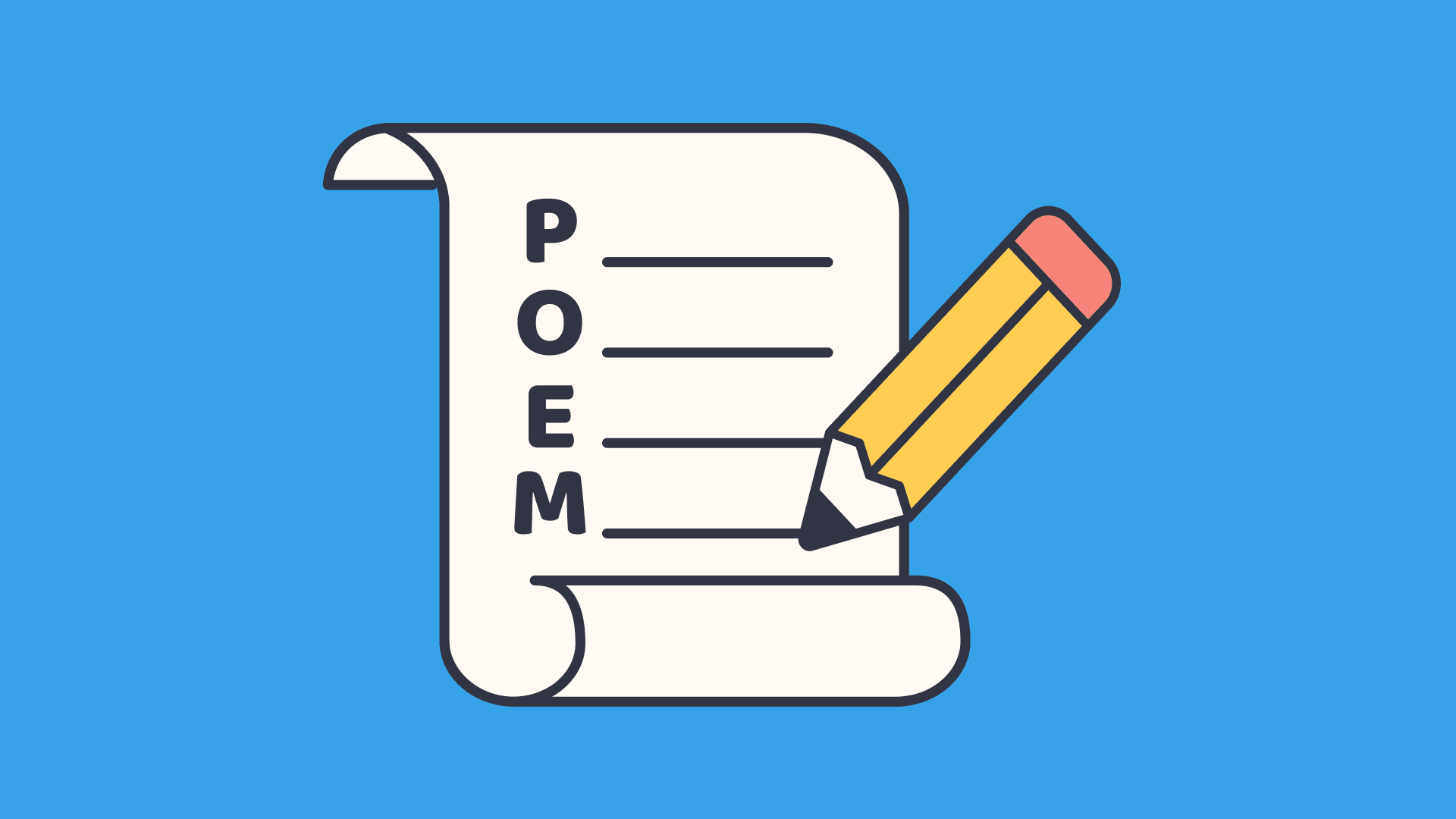9 Math activities for elementary students
In this guide
Some students see math as a boring topic full of rules and little fun. But math is everywhere, and there are plenty of ways to bring the real world into your lessons or spice up a topic with a fun movement-based activity.
Real world mathematics
Students often feel that math only exists in the classroom, so finding opportunities to connect math to the real world will always make it more approachable. Below are recommendations from math teachers about the best ways to explore mathematics in a real-world context with your students.
1) Finding examples in the real world
A fun way to connect learning is by finding a real-world example. An easy lesson for students exploring geometry concepts is to look for examples related to a specific vocabulary word. Suppose you are introducing shapes, angles, or other geometric topics; ask students to find pictures of real examples where they see these shapes or designs. This could involve taking photographs outside of different objects or walking around the school and finding as many objects as possible that meet the specified object requirements.
These types of activities are great to help students start seeing math around them and using the correct terminology to explain objects. I did this with my math intervention students. They found it fun to identify items they passed by every day as having a connection to the vocabulary we were learning.
2) Plan a trip with a budget
Maybe you are working with basic operations (addition, subtraction, multiplication, and division). To make these concepts seem more practical, you can ask students to plan a trip with a budget.
For example, you could provide the restrictions the budget must meet, like the number of people on the trip, the types of activities they are interested in, and the budget you are trying to plan the trip within. You could also provide excursion estimates so students would need to work at the total price for multiple people.
To give more freedom, you could allow students to form groups and plan their ideal trip themselves. This would involve more research skills for students to find prices online easily, but you can also direct them to specific websites to explore. I found that doing this with advanced students worked best as an opportunity for enrichment attached to the original activity.
3) Mapping the school
If your students have covered measurements, a fun activity is creating a school map! Have students build maps they could give to new students to help them understand where the classrooms are in each building.
You can also provide challenges, such as finding the fastest way to each class. This would involve students using measurements. When I hosted after-school detentions for middle school students, I did this with any student who was there for being tardy to class multiple times. We used measurement units to map out the fastest path to the class they were always late to.
You can give students measuring tapes or let them develop their own metrics. For example, they could provide estimates for distance in the form of baby steps vs. dragon steps. This way, they can easily measure around the school and document the amount. As a note, if they do provide their measurements make sure students are consistent! For example, if baby steps are one student’s steps from toe to heel, they would need to use that student for each measurement as different students may have different foot sizes!

4) Architecture and engineering
Sometimes, a real-world simulation of a project can also help students engage with mathematics in ways they may not have considered. Architecture and engineering projects are great ways to try this out.
Depending on your subject, you can frame it around a project. For example, you may have covered basic addition/subtraction and measurements. A project could be around building a bridge. You can give students requirements for their bridge, then ask them to document how they built it, identifying how their process could be repeated to build other bridges. I had students build catapults too, and then test them in our classroom, converted to a catapult arena.
It should be noted that if you decide to use a design project, it is helpful to be clear on how and when mathematics should be used. As a teacher, part of our school science curriculum focused on the engineering design process, so we did these activities all the time. I made sure students would give details like measurements, how many items they used to build their device, or how they made sure the device met the required specifications.
It may seem like a lot, but setting guidelines for how students present and share their work can help them connect their learning.
Movement-based activities
Project-based learning is excellent, but many math teachers just want to make an essential concept fun and engaging. This is where movement or collaborative games can come in. Below are a few different games I’ve seen used in math classrooms. All of these games can be interchanged for different math topics, but you can use the rules or basic principles each time. This means your students can learn a fun game and make suggestions!
5) Organize yourself
Mathematics can have many rules and orders that need to be followed, so why not have students move around to show this order?
There are various ways to use line-ups to help students show the steps to solve a problem. They could arrange themselves on a number line, order a problem using the order of operations, or, given a set of numbers, identify the pattern and then order themselves in a way that follows the pattern. Organize-yourself activities are also relatively low-cost in terms of prep and materials.
Below are two ways I used the organize yourself approach in my math intervention lessons.
1. The human number line:
- Start by giving each student a negative or positive number, based on the curriculum you need to teach or review.
- Ask them to form a number line from the least to the greatest.
- Start over with different numbers and repeat.
Note that with this activity, it’s best to give each student a paper with their number visible so everyone can easily see the numbers as they put themselves into order. I also added a challenge once students grasped the main concept, in which numbers were not printed and students needed to talk to each other to figure out the correct order.
2. PEMDAS:
- Give the students each a part of the operation and make them organize themselves in order of operations. So, for example, I give Paul 4 x 3, Anita 3 + 2, and Edward 32—the correct result will be when Edward stands in line first, then Paul, then Anita.
- Include multiplication/division, addition/subtraction, exponents, and parentheses.
6) Race to the board
My math intervention students loved any opportunity to run around, and they especially loved competency-based activities. So why not do both in a controlled environment?
An activity called Race to the Board is a great way to get students moving and learning math at the same time. The game is exactly as it sounds.
- Divide students into two teams and then write some problems on the board.
- One member from each team would then run up to the board to solve the problem, with the first person completing the activity receiving a point.
- The team with the most points wins!
Of course, this type of game requires your students to understand the best approaches in competition-based games fully. For example, you’ll need to have a lot of discussions about what good sportsmanship looks like, and having a rule that you’ll not reward rude teams or team members is key. Also, make sure the aisles are clear and any movement is manageable in the classroom. Giving wacky instructions like “hop to the chalkboard” or “slow motion walk” will help to make it engaging.
Run-and-competition-based games may not work with some students, and that is fine! Sometimes, you can change it so students are only competing against themselves. You could still write the problems on the board but have each student sit at their desk on their own. When done, they can turn their sheet over or even do some sort of silly action (e.g., wiggle their arms in the air) to add a little fun.
7) I Have, Who Has?
This is another game you can use for any math topic and is a reasonably low lift for work. The premise of this game is for a student to say, “I have X. Who has Y?” and then the student responds, “I have X. Who has Y?”
For example, a student could say, “I have 40. Who has 6 x 6?” The student with 36 on their paper stands up and says, “I have 36. Who has 3×4?” The student with 12 says, “I have 12. Who has 3×7?” And it would continue until it gets back to student number 1.
For this activity, you can take problems from a textbook, which is another way to create engagement rather than just sitting at their desk all day. Also, note that this can be used with any operation. When I taught math interventions, each intervention group was performing at a different level, and therefore, required different skill reviews. I was able to use this activity with all group levels just by adapting the operation and the complexity of the numbers.

Fun at home
Many math teachers enjoy assigning math tasks to be completed at home because they show how mathematics appears in students’ lived spaces rather than in simulated classrooms. You can use math at home in many ways, but below are three that the students on my team enjoyed from their math teacher.
8) Cooking or baking with math
When you cook or bake, you use a lot of math. Students will use fractions, addition, multiplication, or other mathematical concepts any time they measure ingredients.
Challenge your students to find a recipe they want to make. It could be something from the internet or one they select with a parent or guardian.
You can suggest to your students to make whatever recipe they decide, and the task therefore becomes more observational. Questions to ask afterward could include:
- How did you use math?
- What concept? How?
- What would happen if you didn’t use math?
- Do you think the recipe would have turned out the same?
9) Patterns in their life
An essential mathematical concept is pattern recognition. It appears at all levels of mathematics and is a great skill to cultivate. Although this is not specifically math with numbers, giving students a mini-lesson on identifying the patterns in their lives is a great place to start.
Were there things that they did every day that followed a pattern? Maybe it was something a parent or sibling did. They could also identify tangible patterns, like the tile floor arrangement or the number of ceiling tiles between each light fixture.
Asking students to recognize these patterns and then state the pattern is the key to this activity. Our students often see something repeated, but they may not be able to articulate it. Having students practice this articulation can later help them when they work on mathematical problems. It helps them put their vocabulary to real-life use while connecting it to the math concepts at hand.
Learn from your students
It may seem intuitive, but if you are unsure what types of activities to include in your lesson, ask students what interests them. At the start of the year, give students a piece of paper to fill out, so they can let you know about their interests. As you develop lessons, you insert one of their interests into my lesson.
It could be something silly, like the distance from Spider-Man’s home to his best friend’s house, or more practical, like analyzing a sports team’s latest scores from a game. When you include a student’s favorite topic in any subject, they always find it more interesting. I used to rotate which topics I’d focus on for each concept, with the goal of referencing each student’s favorite interests at least once per semester.
Check it out
Besides just thinking of fun activities, there are different approaches to lesson design you can bring to your classroom. If you are interested in learning about different ways to structure your learning, you can check out topics like inquiry learning and project-based learning.

Mark Brown
briefcase iconContent/Production Consultant
Mark spent 9 years as a middle school teacher before transitioning to the educational technology field. He was formerly the US Content Lead for ClickView, and has continued with the organization as a content and production consultant, contributing to curated topic pages, educator articles, and the production of new videos.
Other posts
Want more content like this?
Subscribe for blog updates, monthly video releases, trending topics, and exclusive content delivered straight to your inbox.














